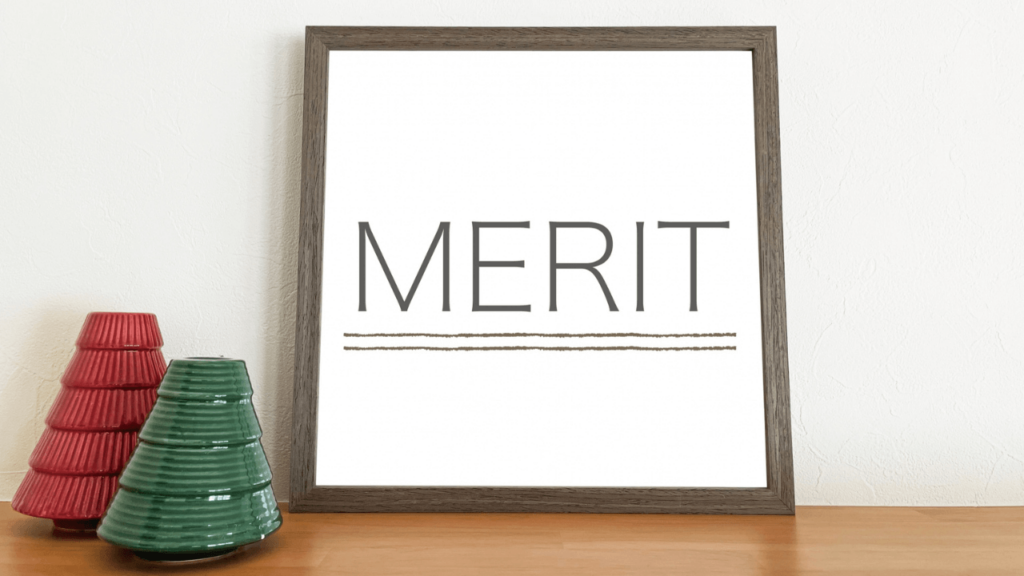Arpeggio comes from the Italian term “arpeggiare,” which means “to play like a harp.” It refers to the technique of playing each note of a chord (harmony) one at a time in sequence instead of all at once.
It is one of the commonly used techniques in piano performance, applicable across various genres from classical to pop and jazz.
- Etymology: Derived from the Italian meaning “to play like a harp.”
- Key Feature: By breaking a chord into individual notes, it adds motion and flow to the accompaniment or melody.
Ascending & Descending Arpeggios
- Ascending Arpeggio: Play notes from the lower pitch to the higher pitch in order.
- Descending Arpeggio: Play notes from the higher pitch down to the lower pitch in order.
Recommended Article
Benefits of Playing Arpeggios on Piano

Create a sense of depth and movement in the accompaniment
By breaking chords into flowing notes rather than pressing them all at once, you add richness to the piece.
Improve finger technique
Practicing arpeggios helps build basic technique for moving fingers smoothly.
Deepen your sense of intervals and chord theory
Because you play chord tones one by one, you naturally learn the positions of chord tones, which is also beneficial from a theoretical perspective.
For Beginners: How to Play and Practice Arpeggios

1. Start with one-hand practice
・Begin with just the right hand, practicing ascending then descending arpeggios slowly.
・Decide on fingerings (1–5) and always use the same fingering to progress smoothly.
2. Use a metronome
・Set the tempo slow (about 60–80 BPM), pressing each note clearly.
・Develop a feel for playing with an even rhythm.
3. Practice with the left hand
・Once comfortable with the right hand, practice the same steps with the left hand.
・In piano accompaniment, the left hand often uses arpeggios.
4. Practice both hands together
Try combining a right-hand melody with a left-hand arpeggio accompaniment or replicate actual parts of a piece for a more practical approach.
Frequently Asked Questions (Q&A)
-1024x684.png)
Q. What’s the best way to increase tempo efficiently?
Lower the tempo to a speed where you can play accurately, and once stable, gradually increase it.
If mistakes increase, reduce the tempo again and restart.
Q. Are “arpeggio” and “broken chord” the same thing?
Generally, “arpeggio” and “broken chord” are treated similarly.
However, in classical scores where “arpeggio symbol (vertical wavy line)” is indicated, there can be some nuance in expression.
Conclusion
An arpeggio is an important technique that creates a “flowing accompaniment” and a “decorative sound” in piano performance.
By understanding chord tones and practicing with proper fingering, your performance range will greatly expand. So enjoy practicing arpeggios and see how it enhances your playing!
とは?-ピアノの弾き方と練習方法を解説!-1200x675.png)
